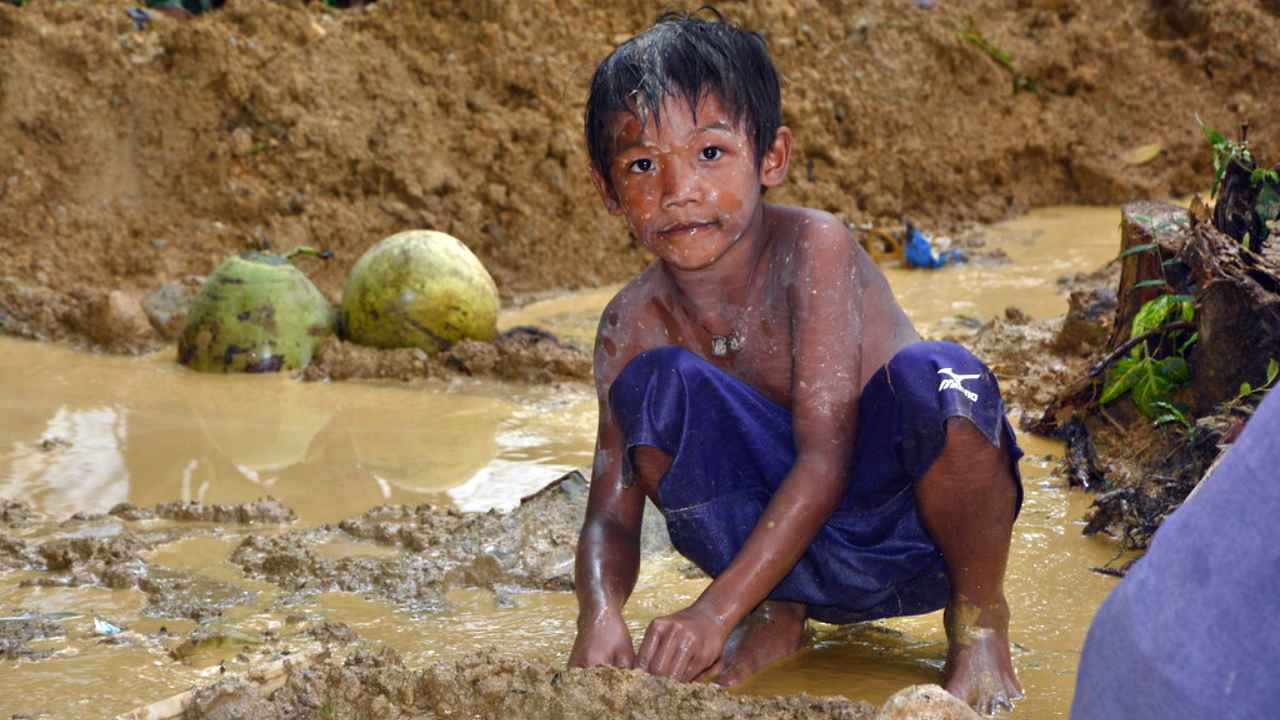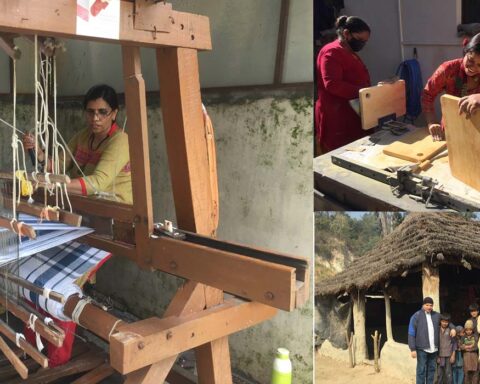This June 12, the international community unites to say no to child labour. Despite a substantial reduction in the number of children working in the last two decades, progress was hampered in the period from 2016 to 2020.
Currently, 160 million girls and boys work globally, some of them are as young as five years old.
On this World Day Against Child Labour, the United Nations and its partners focus on the theme of more investment in social protection and systems that protect children from the practice.
According to the UN, social protection systems offered by governments are essential to fight poverty and precariousness by eradicating and preventing child labour.
Social protection is a human right and a powerful policy to prevent families from having to resort to child labor in times of crisis.
In 2020, for example, during and before the pandemic, only 46.9% of the global population was effectively covered by at least one social security benefit. And the remaining 53.1%, a total of 4.1 billion people, were totally unprotected.
According to the United Nations, protection for minors is even lower. Nearly three quarters of children, or 1.5 billion, have no social support whatsoever.
To mark this day, the International Labor Organization (ILO) and the United Nations Children’s Fund (UNICEF), should focus on the report presented at the 5th Global Conference on Child Labour, held in May, with figures on studies conducted since 2010.
There, cases of social protection are analyzed and how families are coping with economic and health shocks while fighting child labor and promoting education at home.
The ILO recalls that many minors have forms of paid or unpaid work around the world that are not harmful to them. But when a child is too young to work or performs activities that are harmful to him or can compromise his physical, mental, social or educational development, then child labour is characterised.

























